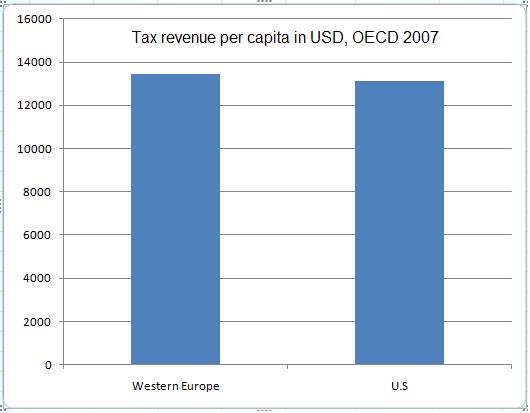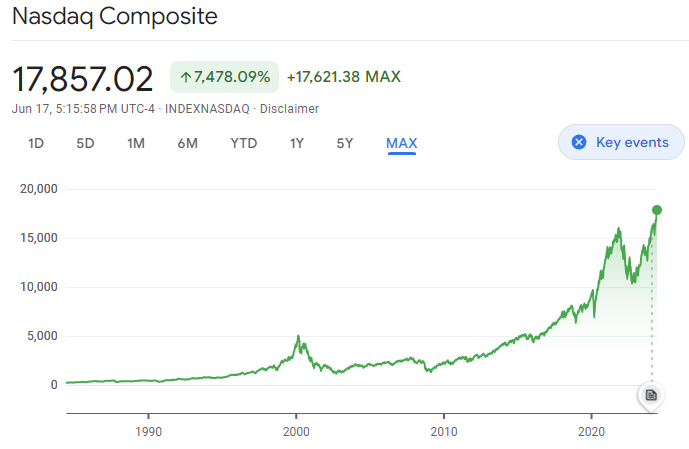Economics is Confusing
Super Economy has a good bit on the Laffer Curve and Tax Rates.
Ezra Klein writes an interesting article asking some economists what the revenue maximizing tax rate is.
The answer from the conventional wisdom of public-finance economics is about 60-70%. This is based on relying on current estimates of the short term estimates elasticity of taxable income, measured in micro-studies where different people get different tax changes.
Oh God, that would be terrible. 70%? Isn't that the kind of tax rate that inspired George Harrison to write Taxman? This kind of calculation is pretty straightforward, you just need to determine where the rate of increase in revenues from taxes equals the rate of people cheating on their taxes to avoid giving the gummint more of their money. However, Tino notes that government action on taxes has an interaction effect with the economy. The above calculation is straightforward if you assume that the amount of economic activity is fixed, but it isn't.
Now, remember always that the criteria for an optimal tax rate is not to maximize revenue. Long before the revenue maximizing rate is reached, the government is destroying 2 dollars or more from the private sector just to collect 1 dollar for the public sector.
This is why economists fight. This calculation is anything but easy, or agreed upon by different schools of economics. Just how much of an effect tax policy has on the economy makes all the difference in the world to finding the desired tax rate.
But, it gets worse! One often hears that Europe has higher taxes than the US, and provides more social services. However, the US is much richer than Europe.

As a result, the value of the taxes collected is nearly identical! I found this a bit surprising at first, but there you go.



Comments ()